What if the Sahara Desert Became a Solar Farm?
The current energy crisis and increasing electricity prices have demonstrated the significance of alternative and renewable energy sources, especially solar panels.
The Sahara Desert, with its vast expanse and abundant sunlight, presents an intriguing possibility for solar power generation. Let’s delve into the feasibility and implications of such an endeavor.
The Growing Appeal of Solar Energy
Solar panel installations are on the rise globally, given their decreased costs over the past few years. Notably, this isn’t limited to individual consumers.

Source: Chelsea/Unsplash
Large corporations, government bodies, and various administrations are progressively investing in solar energy, indicating a strong shift towards renewable power sources.
Meeting Global Energy Needs
The pertinent question is how to harness solar energy on a scale vast enough to cater to global needs.
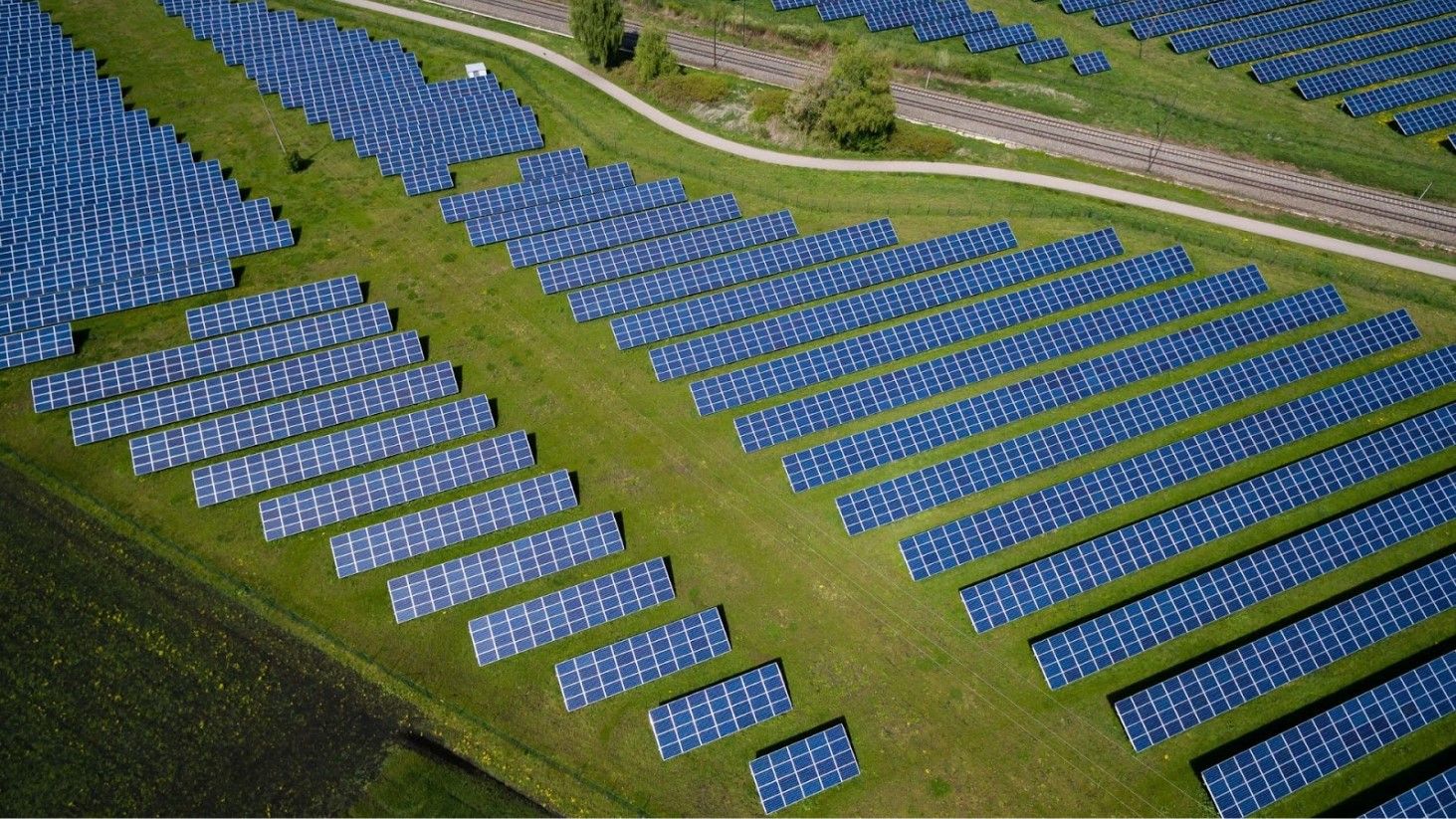
Source: Andreas Gücklhorn/Unsplash
Proposing a large-scale solar farm requires careful consideration of space, efficiency, and sustainability. Establishing such an ambitious project is not without challenges and consequences.
Dimensions and Figures of the Project
Ex-engineer and journalist Will Lockett’s research suggests that approximately 51 billion solar panels would be required to power the entire world.
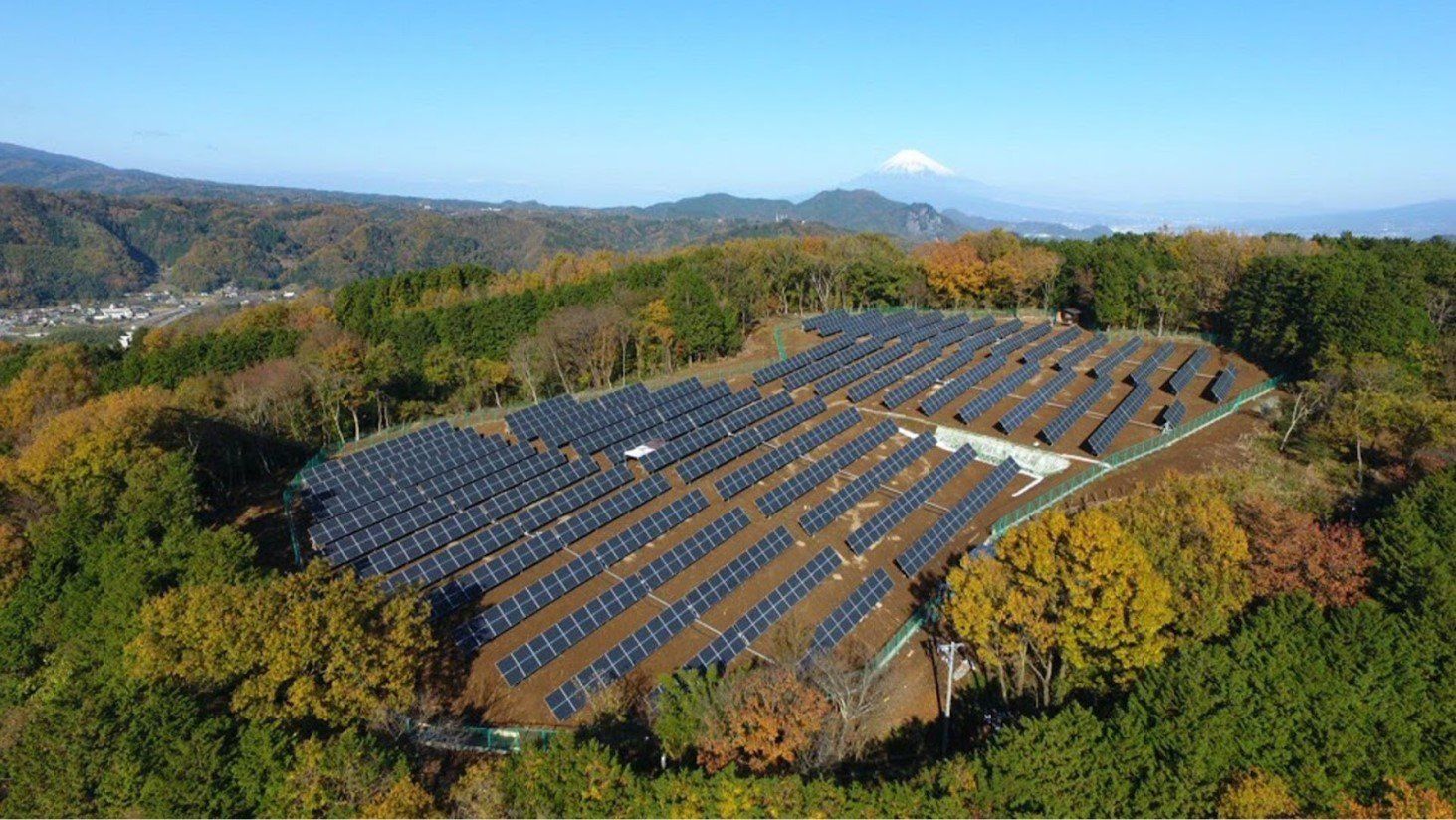
Source: Mark Merner/Unsplash
This massive installation would spread across about 186,000 square kilometers, equivalent to combining the areas of Portugal and Hungary.
Evaluating the Desert's Potential
Given the necessity for a large and sunny area, the Sahara Desert emerges as a promising candidate.

Source: Fabian Struwe/Unsplash
Spanning 9.2 million square kilometers, the proposed solar facility would occupy just over 3.25% of its vastness. The magnitude of this project necessitates thorough research and logistical planning.
Challenges in Desert Installations
Despite its potential, setting up a solar farm in the Sahara poses significant challenges. The desert’s extreme conditions and ever-shifting sands could severely hamper panel efficiency.
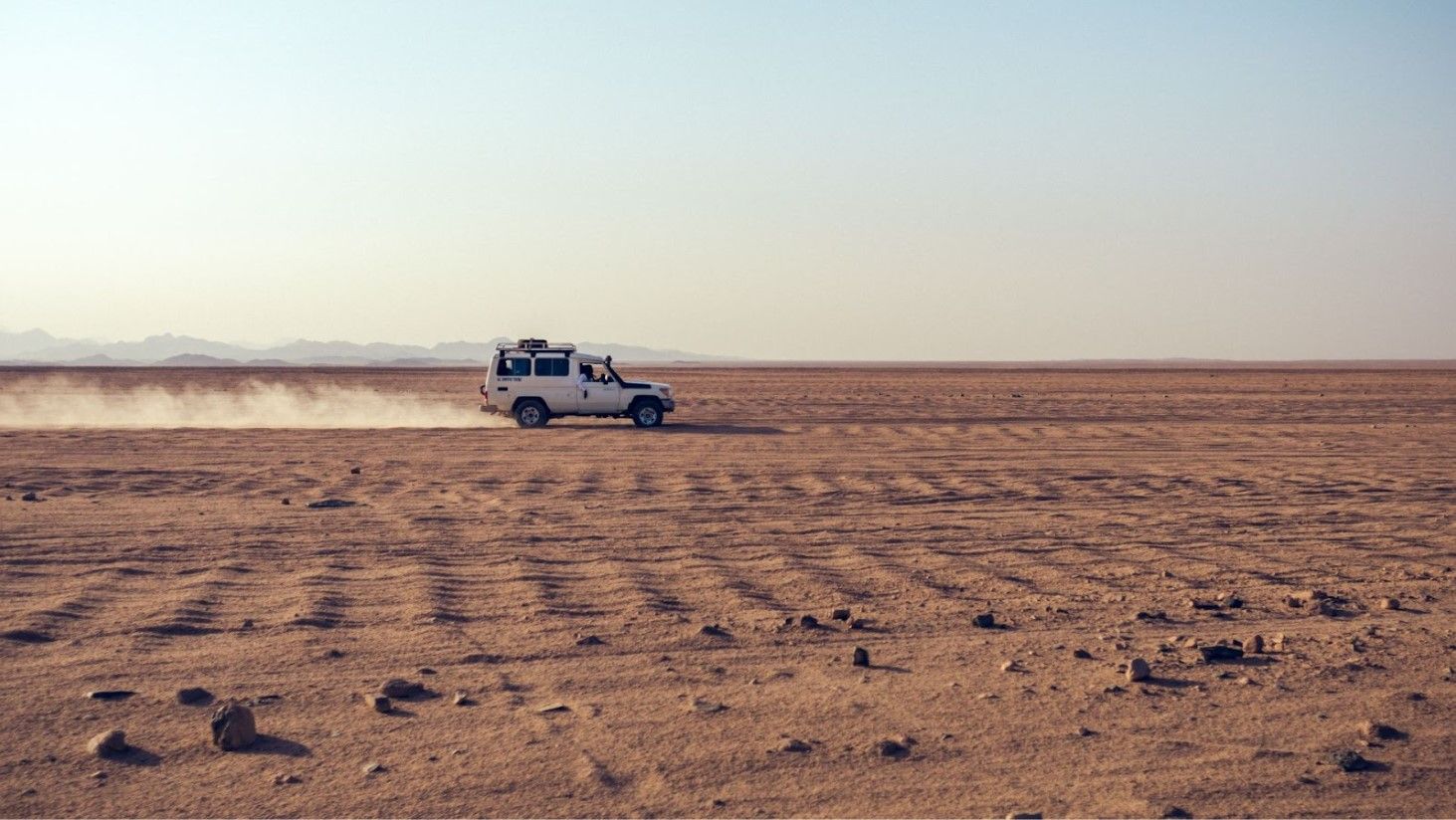
Source: Kilian Karger/Unsplash
Moreover, these harsh conditions require solar panels to be exceptionally durable, adding to the complexity of the project.
Financial Implications of the Endeavor
The financial aspects of such a vast project cannot be overlooked.
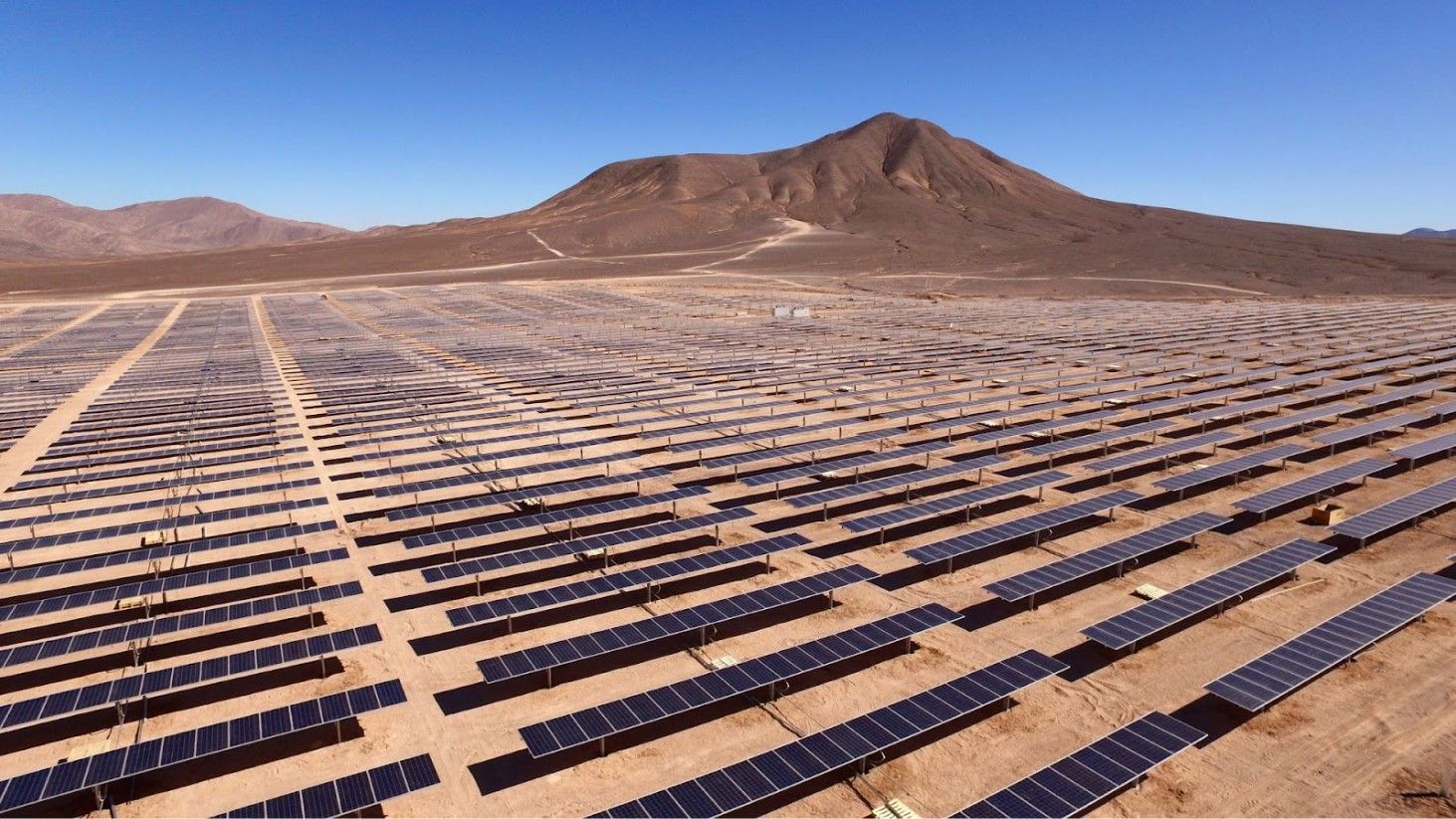
Source: Antonio Garcia/Unsplash
A rudimentary calculation, based on a 350-watt solar panel, suggests a cost of around 1,000 euros (about 1,064 USD) per unit, accounting for its adaptation, transportation, assembly, and desert installation.
Storing the Generated Energy
Producing energy is just one facet of the equation; storing it efficiently is equally crucial.
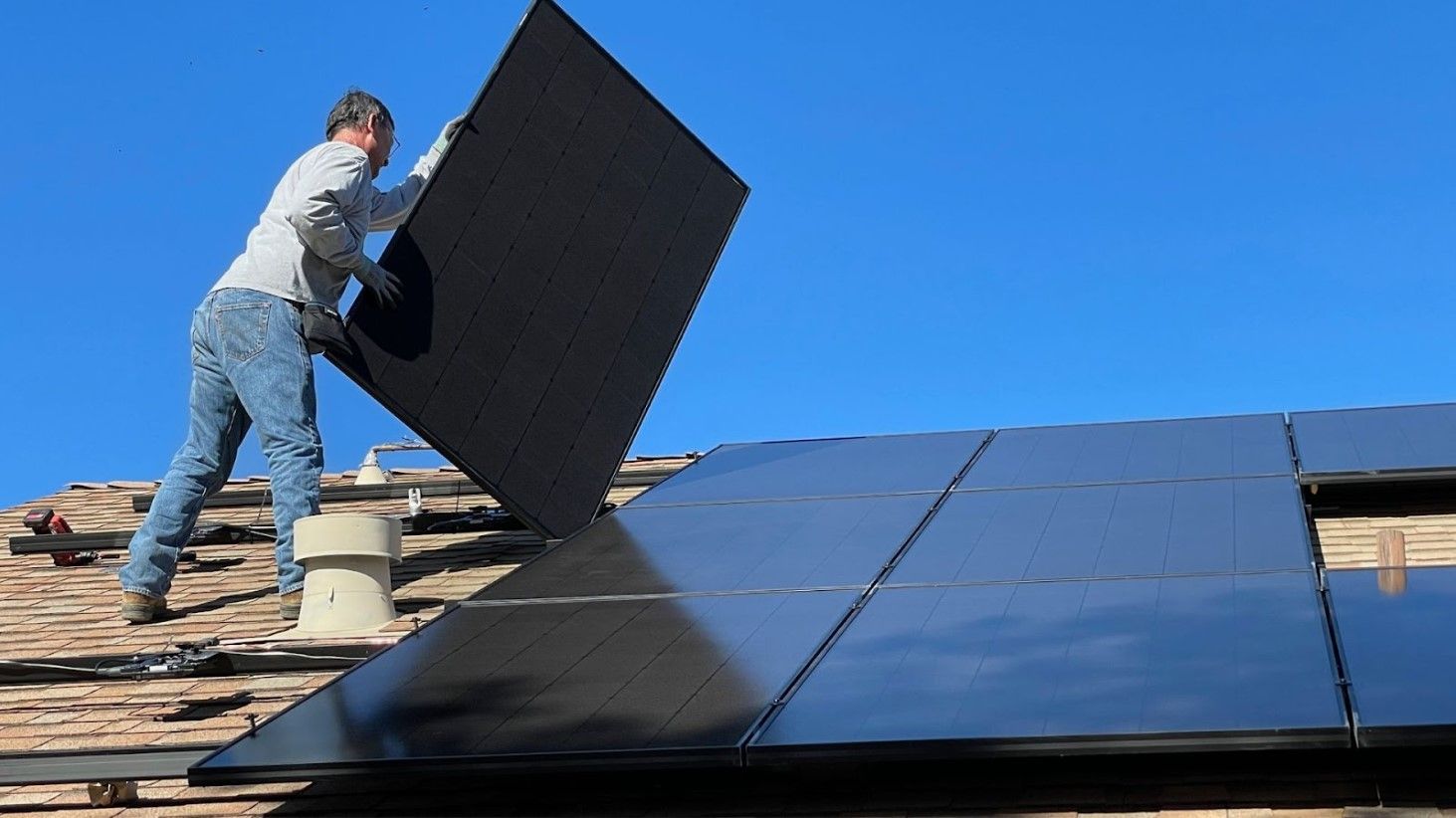
Source: Bill Mead/Unsplash
Each panel would require approximately 4.2 kilowatt-hours (kWh) of battery storage, further adding almost 1,000 euros or an additional 1,064 USD to the costs associated with each panel.
Delivering Sahara's Solar Energy Worldwide
Once generated and stored, the energy must be reliably and efficiently transported to where it’s needed.
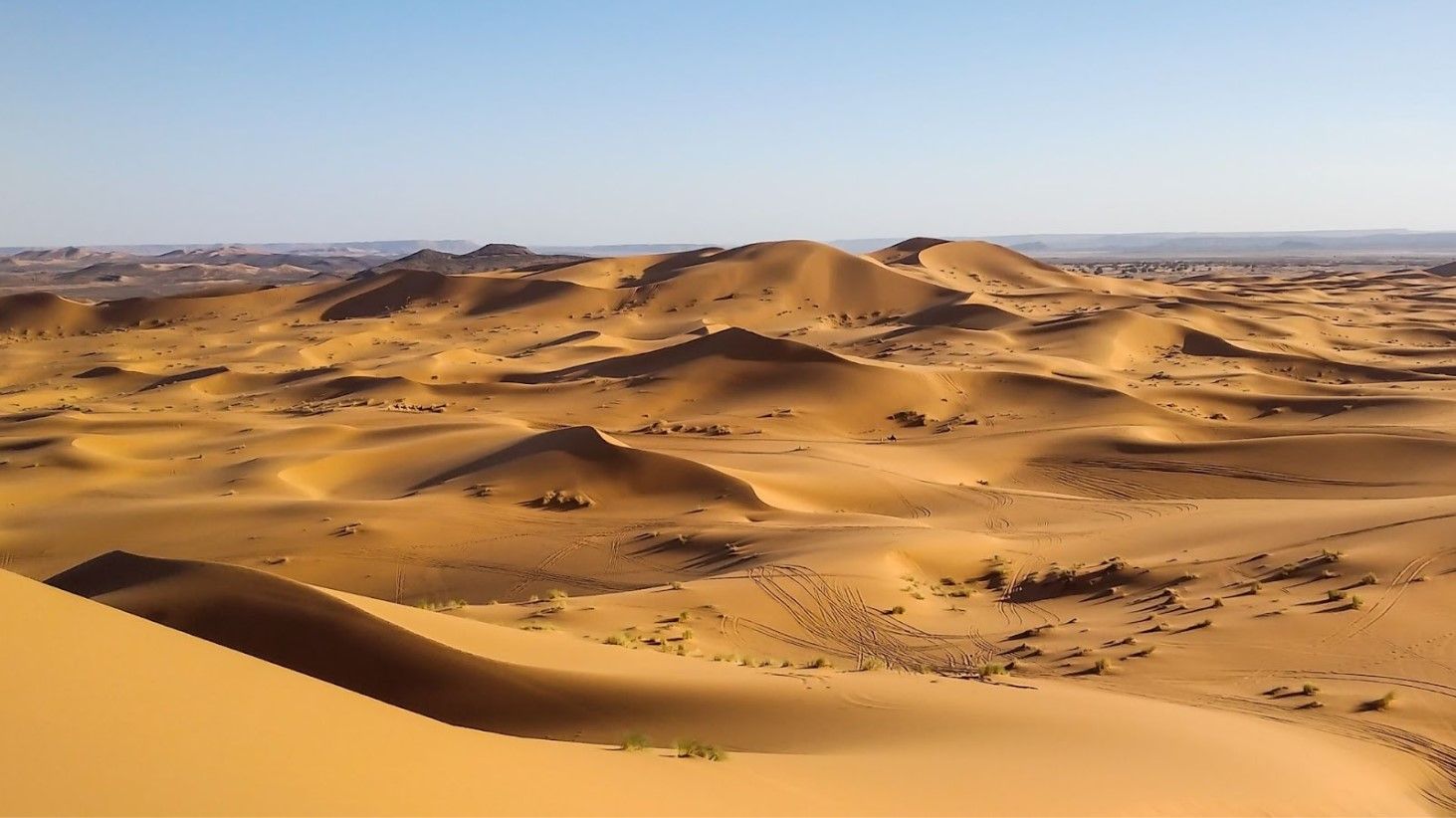
Source: Eugene Ga/Unsplash
This task would demand high-capacity power transmission lines, which come with their own set of challenges, including significant energy losses during transmission, further complicating the project’s viability.
Understanding the Ecological Impact
An endeavor of this scale can have profound environmental implications. Notably, solar panels might only harness 15% of the sun’s energy, with the remaining 85% being returned to the atmosphere as heat.

Source: Matt Palmer/Unsplash
This heat increase could exacerbate global warming, among other environmental concerns.
Biodiversity and Climate Impacts
Additionally, the heat could increase water vapor production, a potent greenhouse gas.

Source: Annie Spratt/Unsplash
This phenomenon might result in heightened global temperatures, leading to polar ice melt, alterations in ocean currents, and potential harm to global biodiversity.
A Comprehensive Overview
While the Sahara Desert offers an enticing space for potential large-scale solar power generation, it’s evident that numerous challenges, both logistical and environmental, need to be addressed.

Source: Danist Soh/Unsplash
This project’s intricacies underscore the importance of holistic planning when considering monumental shifts in global energy infrastructure.
